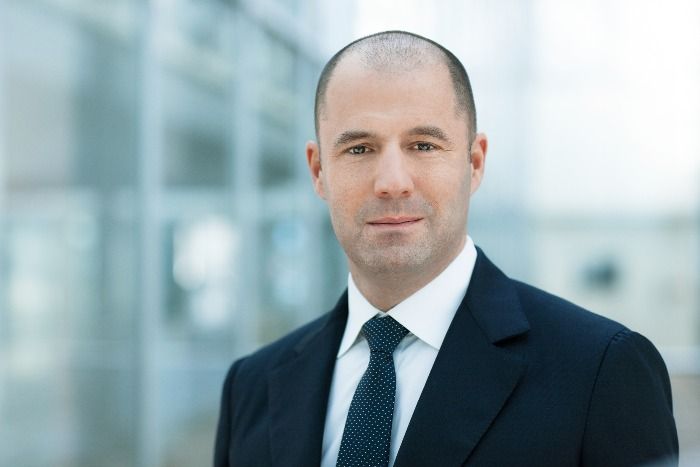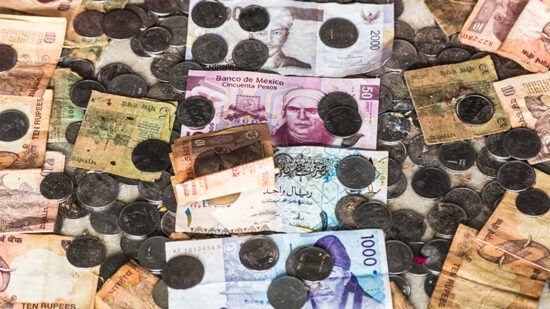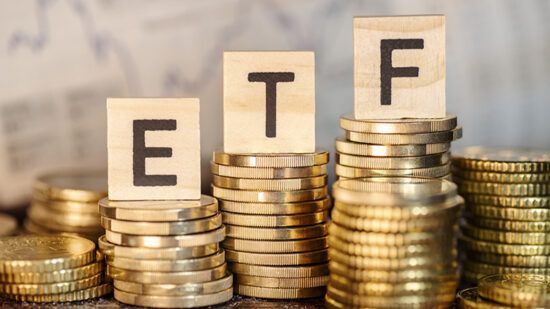As DWS’s co-head of global coverage, it is Thorsten Michalik’s job to know what fund distributors want, what they need and what they fear. DWS has only recently been spun out from previous owner Deutsche Bank and there were net outflows during the first half of 2018.
Michalik expects this to turn around because he believes he has the right products for this part of the investment cycle, he understands his clients and has a forward-looking view.
“In all discussions I have with my distribution partners, the biggest headache is Mifid II,” says Michalik. “It has been nine months, and at the end of the year clients will get their annual statements and they will see all the costs of advisers and products.”
He thinks there will be a significant fallout, with investors questioning the value of expensive products and services and demanding lower fees. “There are different studies out that show 20% of the lowest fee products receive 80% of the volume,” says Michalik. “Fund selectors definitely look to the price of a product.”
Profit hunters
For a fund group to remain profitable in this environment, one approach is to launch low-margin funds such as passives and try to get enough volume to make it work. But distributors are not just looking for the cheapest option; they are prepared to pay more for well-constructed solutions to specific problems and it is in this area that Michalik identifies a big opportunity.
“Take Germany as an example,” he says. “Only 10 million out of the entire population have an equity exposure in their portfolio. On the other hand, there are €2bn in savings accounts. If you want to get people out of savings plans and into investment solutions, you need to have a first-step product that isn’t too aggressive. Offering an absolute return, multi-asset approach makes sense.”
Of course, multi-asset and absolute return funds have already done very well, taking the lion’s share of the European fund market during the past few years.
But then in the past year many of the big players in the multi-asset and absolute return market – SLA, Aviva, Newton – took a significant hit to their assets under management. Switzerland’s Gam had such big redemption requests to its absolute return bond strategies it had to limit redemptions.
DWS was not immune to the trend and its well-established Concept Kaldemorgen fund suffered heavy outflows. However, Michalik thinks it is a short-term issue rather than a fundamental lowering of demand for these sorts of products.
“It’s not a structural problem,” he says. “The performance of Kaldemorgen was not that good for a certain period because we had a different dollar view. Once the dollar changed, the performance came back.
“A lot of distribution channels put the product on hold but they did not take it out of their asset allocation; and now the first money is coming back into the fund.”
Charged issue
If absolute return funds have a future, the question still remains, how much can you charge for them? Michalik says there is no simple answer.
“I can’t give you a number because it completely depends on the kind of service you offer to the distribution network.
“Maybe someone just wants the exposure from us in a sub-advised mandate, meaning we are just managing within a segment; or they want a full-blown fund wrapper with all the registrations; or a fund wrapper plus all the marketing around it. There are different fee levels for all of that.
“What I can tell you is we see a continuous trend of decreasing margins in the industry.”
So while investors will be prepared to pay a little more for more sophisticated investment solutions, fees are still going to come down. If a fund group wants to increase its profitability, it will have to cut costs. Luckily, there are a whole range of new tools to help with this.
Intelligent tech
According to Michalik, one of the more unexpected opportunities for saving money is in the use of blockchain technology.
“You have to look at everything you and your providers are doing and maybe force them to look at their processes and streamline them,” he says.
“Many processes, especially in fund management and administration, have providers with a monopoly. Through blockchain you can get more people working on it and those processes become much cheaper.”
Another cost-cutting exercise is finding smart ways of employing artificial intelligence (AI). Using AI to read thousands of company reports or analyse Fed announcements can be a very effective and cheap way of supporting fund managers.
Michalik does not believe investors are ready to replace active fund managers with AI, however.
“Would you ever board a plane without a pilot?” he asks. “Even if 90% of the work is done by a computer, if something unexpected happens you want to make sure you have someone who can land the plane on the Hudson River,” he adds, referring to the ‘miracle’ plane landing on the Hudson in 2009, which has since been made into a film.
But while there may be limits to the use of technology for making investment decisions, more can be done elsewhere.
“Where digital transformation becomes even more interesting is on the distribution side,” says Michalik.
“Only 15% of Germans invest but 85% of them have a mobile phone. So we need to provide our distribution partners with smart digital tools they can use to widen the market where they can sell their products.”
A simple example is robo-advice. DWS in Germany has 185 distribution partners; they more or less work with every distributor in the country.
“But only 15-20 of them have the money or tech skills to come up with their own robo-advice,” Michalik says.
“If they want to go more digital, they will need to have robo-advice on their website and they need someone to provide this technology. So we have started a white-label robo-advice service.”
The distribution partner may have an app or part of their website with its own corporate look and feel, and the platform can be used just for asset allocation, DWS funds, or be completely open-architecture.
To make his challenge even bigger, Michalik’s ambition is that the robo-platform will make DWS money even if people use third-party funds. Although the robo-platform is intended for the intermendiary – it will be open to the end client, who will be under the impression that it’s the distribution partners’ robo-advice, when in fact the technology comes from DWS.
“You can’t imagine how powerful this is in the conversations we have with our distribution partners,” he says. “They all struggle in finding the right approach when it comes to the digital transformation.”
So there you have it – by using technology to lower costs, while simultaneously creating new tech that makes it an essential platform for their distributors, Michalik intends to take DWS from under the wing of Deutsche Bank and help it fly.







